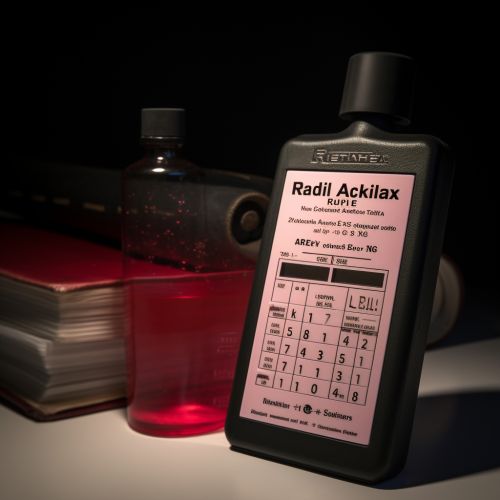Relative Risk
Introduction
Relative risk, also known as risk ratio (RR), is a statistical term used in epidemiological studies to measure the association between exposure to a particular factor and the risk of a certain outcome. It is a crucial concept in public health, clinical research, and medical statistics.
Definition
Relative risk is defined as the ratio of the probability of an event occurring in an exposed group to the probability of the event occurring in a comparison, non-exposed group. It is a measure of the strength of the association between a risk factor and a particular outcome or disease.
Calculation
The calculation of relative risk involves dividing the incidence rate of the disease in the exposed group by the incidence rate in the non-exposed group. The formula for calculating relative risk is:
RR = (Incidence in Exposed Group) / (Incidence in Non-Exposed Group)


Interpretation
The interpretation of relative risk is straightforward. A relative risk of 1 implies no difference in risk between the two groups. A relative risk greater than 1 indicates an increased risk of disease for the exposed group, while a relative risk less than 1 implies a reduced risk.
Application
Relative risk is commonly used in cohort studies and randomized controlled trials. It is an essential tool in epidemiology for establishing and quantifying the relationship between exposure and outcome. It is also used in public health for risk assessment and policy-making.
Limitations
Despite its widespread use, relative risk has several limitations. It does not measure the absolute risk or the actual difference in risk between the two groups. It also assumes that the risk is constant over time, which may not always be the case. Moreover, relative risk can be influenced by confounding factors, which need to be controlled for in the study design.
Conclusion
In conclusion, relative risk is a fundamental concept in epidemiology and clinical research. It provides a measure of the strength of association between exposure and outcome, and is a valuable tool for risk assessment and decision-making in public health.
